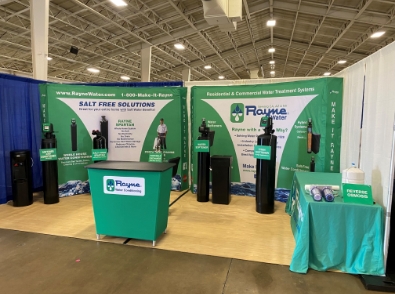water.org there are still 783 million people in the world without access to safe, clean drinking water. This is more than 2 ½ times the population of the United States alone.
The United Nations stated that the water and sanitation crisis claims more lives through disease than any war claims through guns. We often take it for granted here in the United Sates that we have clean drinking water. At the very least, we have the Environmental Protection Agency (EPA) who monitors our water supply here in the US and mandates actions to keep our water systems safe for consumption. Then we have the privilege of taking it a step further by installing home water filters in our homes to give us the safest, cleanest water possible. But let’s take a moment to consider the 783 million people who do not have access to clean water.
It is estimated that 2,000 children under the age of five die every day from diarrheal diseases, and 1,800 of those deaths are attributed to unclean water, lack of proper sanitation and personal hygiene. The World Health Organization (WHO) estimates that 10% of the global disease burden could be reduced through improved water supply, sanitation, hygiene, and water resource management. Without clean water it is impossible to attack poverty, hunger, or AIDS.
So how can we help? Volunteering or donating money to charities dedicated to the water crisis, goes a long way toward implementing new wells or water treatment facilities in emerging countries. We can also do our part here at home by conserving the water we consume each day. Our water consumption goes beyond the water we drink; it takes over 2000 gallons of water each day to sustain the typical American lifestyle. Roughly 95% of that comes from the food we eat, the services we rely on, the products we buy and the energy we use. So in light of World Water Monitoring Day, let’s all take steps to improve our water footprint and seek ways where we can help with this global crisis.


